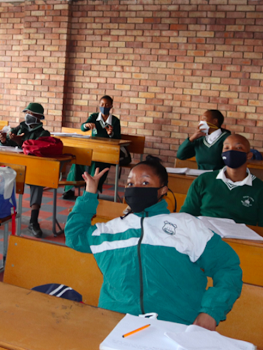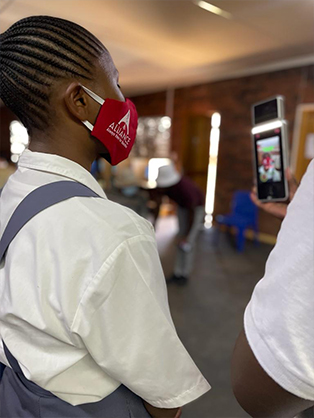Poverty

Student poverty is a growing problem. Data from the National Center for Education Statistics show that as of the 2014-2015 school year, low-income students comprised a majority (52 percent) of public school students in the U.S. That represented a significant increase from 2000-2001, when only 38 percent of students were considered low-income (meaning they qualified for free or discounted school lunches). The numbers are truly alarming: In 40 states, at least 40 percent of public school enrollees were eligible to receive free or reduced-price lunches, and 18 of those states had student poverty rates of 50 percent or more. Low-income students tend to perform worse in school than their more affluent peers. Studies have shown that family income strongly correlates to student achievement on standardized tests. That may be partly because parents with fewer financial resources generally can't afford tutoring and other enrichment experiences to boost student achievement. In addition, low-income children are much more likely to experience food instability, family turmoil, and other stressors that can negatively affect their academic success. All of this means that teachers face instructional challenges that go beyond students' desires to learn.
Notice Board
27-10-2023
meeeting call
27-10-2023
teaching
08-11-2022


